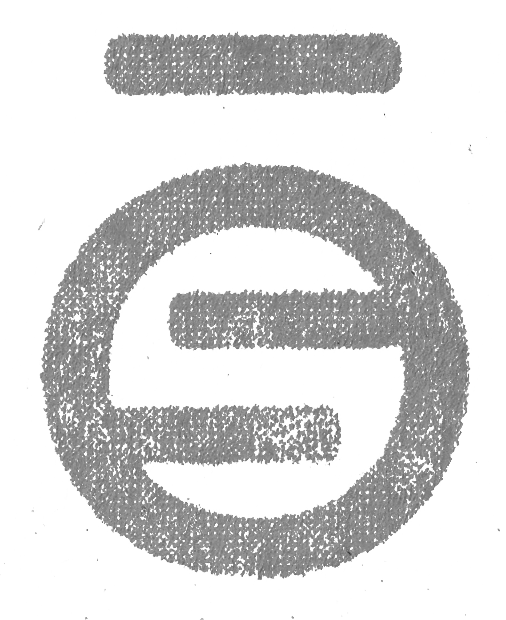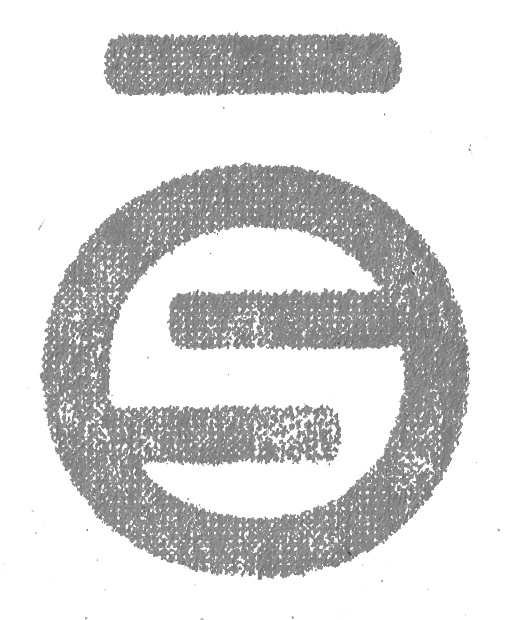Our beds are burning. As the world is at the edge of a major lockdown, as distance and isolation is the rule, as our days are fading to grey, A.I.R has brought me closer to think of the essentials. This refers to nature and the elements that surround us yet we do not know anymore to respect them, these ‘essentials’. I was inspired by A.I.R. to observe the elements in a primary way; by walking in my hometown and country while reflecting on the Japanese spirit, its culture and way of life.
I titled these works Tōi, which means « Remote » in English and « You » in French. As far from each other we are, A.I.R offers us closeness in a modern way (but with traditional «savoir-faire»). At the heart of my photographs, the sun is shining. The sun is the main element we all have in common and share…..even across multiple time zones. After my recent photographic series dedicated to the Impressionist painters (“Chercher Vincent”), my mood was still very much inspired by Impressionism. So my initial feelings upon seeing the contents of Awagami’s furasato box was that of the singular vision expressed by the French Impressionists…. and in particular of Claude Monet’s painting, “Soleil Levant.” As evidence, Sunrise is ‘the’ Japanese symbol. Working on this project, I was able to revisit my own Japanese influences and memories. Music I discovered when I was younger included Ryuichi Sakamoto and YMO, David Sylvian and his former band: Japan. It was not only the musical notes but the lyrics too evoked a highly visceral ‘artistic’ mood. It was of no surprise then that drawing, painting, photography, graphic and lighting design were also at the heart of these musicians works. Today, my photography is still driven by music but also by the sounds of natural elements heard during a photoshoot - wind, air, water, waves, leaves, voices, etc. Photography (or “Writing with Light” as once defined) is a complete sensory engagement as all my senses are well honed while shooting.
As I was engaged for this A.I.R. photo project, I looked at the Awagami materials and ask myself what in the box made a major first impression on me and how can I utilize this through new photographs. I discovered Awagami washi could offer me texture, lightness, colors and transparency to use as lens filters. This “filtering” concept was no surprise as our actual human relationship are often based on filtering, as we are forced to live behind a mask of sorts.
I decided to shoot natural local views with the sun and highlits at the heart of the picture. I have created 5 photographs for A.I.R based on the 5 elements represented by the ancient Japanese philosophy of Godaï’. The photographs were first taken as vertical panoramas as not only is this a format I often use for architectural photographs but also is a format similar to Kakejiku (known in France as ‘Kakemonos’). After the initial exposure, I then print the color image on Awagami AIJP-Inbe washi. Afterwards I photograph the washi print outdoors, waiting for the perfect sunlight in order to create a natural and ethereal (backlit) effect of plants & trees from my personal homegarden.
I am quite fond of the creative and emotional effects achieved through Awagami papers as they reinforce a contemplative and highly sensitive link with nature, natural materials and lights. By getting closer to traditional craftmade materials and textures, we are given the opportunity to unlock the door to humankinds essentials and the ‘elements’….. as we remain alive while sitting here at the edge of the world.
sébastien siraudeau
sébastien siraudeau
Tōi / new project created for the Awagami - Artist in Residence Program 2020
20/10/2020 > 20/11/2020
About Awagami Washi and the Fujimori Family 6th generation, Minoru Fujimori took over the family business in 1945 determined to continue washi papermaking despite post-WWII difficulties. In 1970, Minoru-san was designated as an ‘Intangible Cultural Property of Tokushima’ in recognition of his skills. In 1976, Awagami washi was designated as a ‘Traditional Craft Industry’ and in 1986, Minoru Fujimori was further honored as Master Craftsman and awarded the ‘Sixth Class Order of Merit, Sacred Treasure’ by the Emperor. Currently his son, Yoichi and family continue the papermaking tradition as their ancestors did before them. In an effort to preserve the craft and pass washi papermaking onto the next generation, the family has established a network of international partners that offer Awagami papers to worldwide artists.
About Awagami Artists in Residence Program In the 30-plus years since it opened, the Hall of Awa Japanese Handmade Paper has provided a place for over 100 artists, students, and educational facility individuals and groups from around Japan and the world with a place to research, create, and present their work. The Awagami Artist in Residence program is unique because it offers resident artists an opportunity use the Awa handmade paper manufacturing methods and techniques that have been passed down for generations in Yoshinogawa City, Tokushima. Resident artists also have access to facilities in the adjoining Awagami Print Lab (a print studio with equipment for inkjet printing, intaglio, lithography, and letterpress printing) and an indigo dying studio, enabling them to pursue a high level of creative work. The hall staff also provide support for the artists’ activities in the form of expert advice on all aspects of paper, assistance with production labor, access to related print resources and materials in the in-house library, and other, less tangible forms of support.

